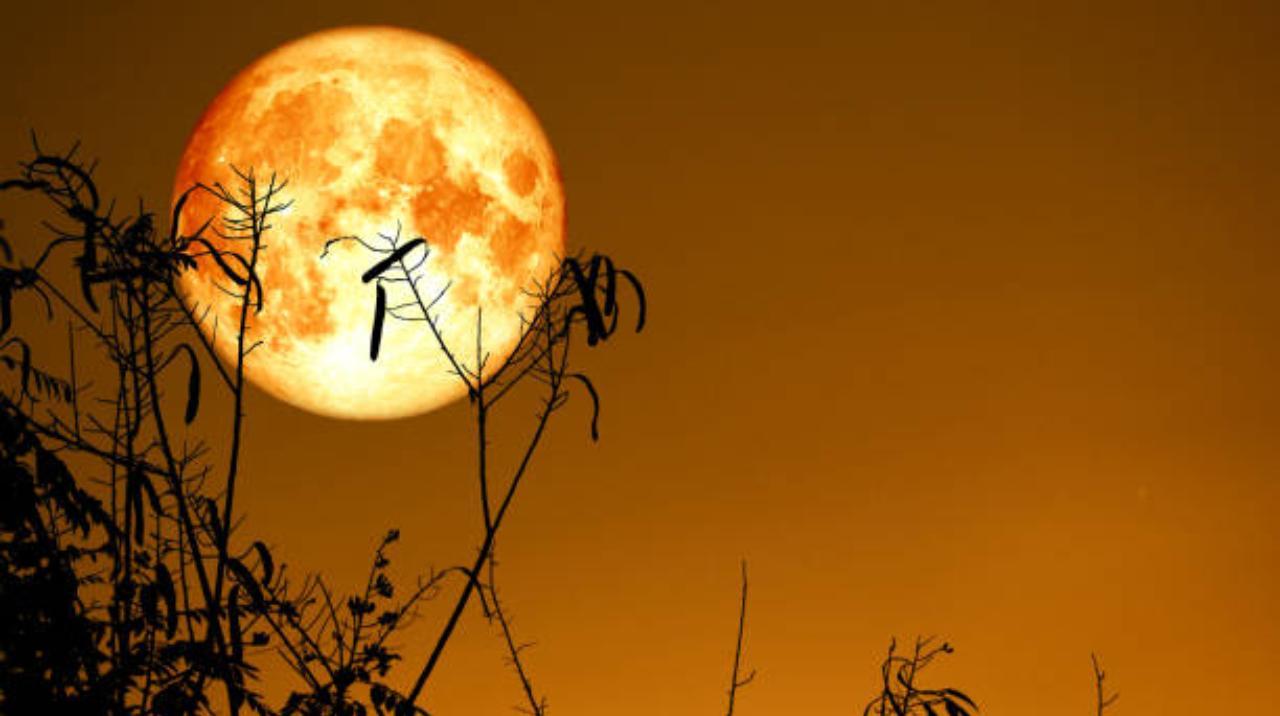Home / Lifestyle / Nature & Wildlife / Article /
What is a 'worm moon' and does it still mark the start of spring?
Updated On: 27 March, 2024 11:59 AM IST | Mumbai | mid-day online correspondent
The worm moon may be losing its significance, as climate change leads to wetter summers and milder winters in much of the world, opines Kevin Richard Butt from the University of Central Lancashire

Image for representational purposes only. Photo Courtesy: iStock
The worm moon has risen. The final full moon of winter in the northern hemisphere appeared on March 25 and owes its name to Native Americans who noted winter`s end by the trails of earthworms it illuminated on the newly thawed soil.
Common names of full moons generally come from seasonal animals, colours or crops: wolf moon, pink moon and harvest moon. But the worm moon may be losing its significance, as climate change leads to wetter summers and milder winters in much of the world.




